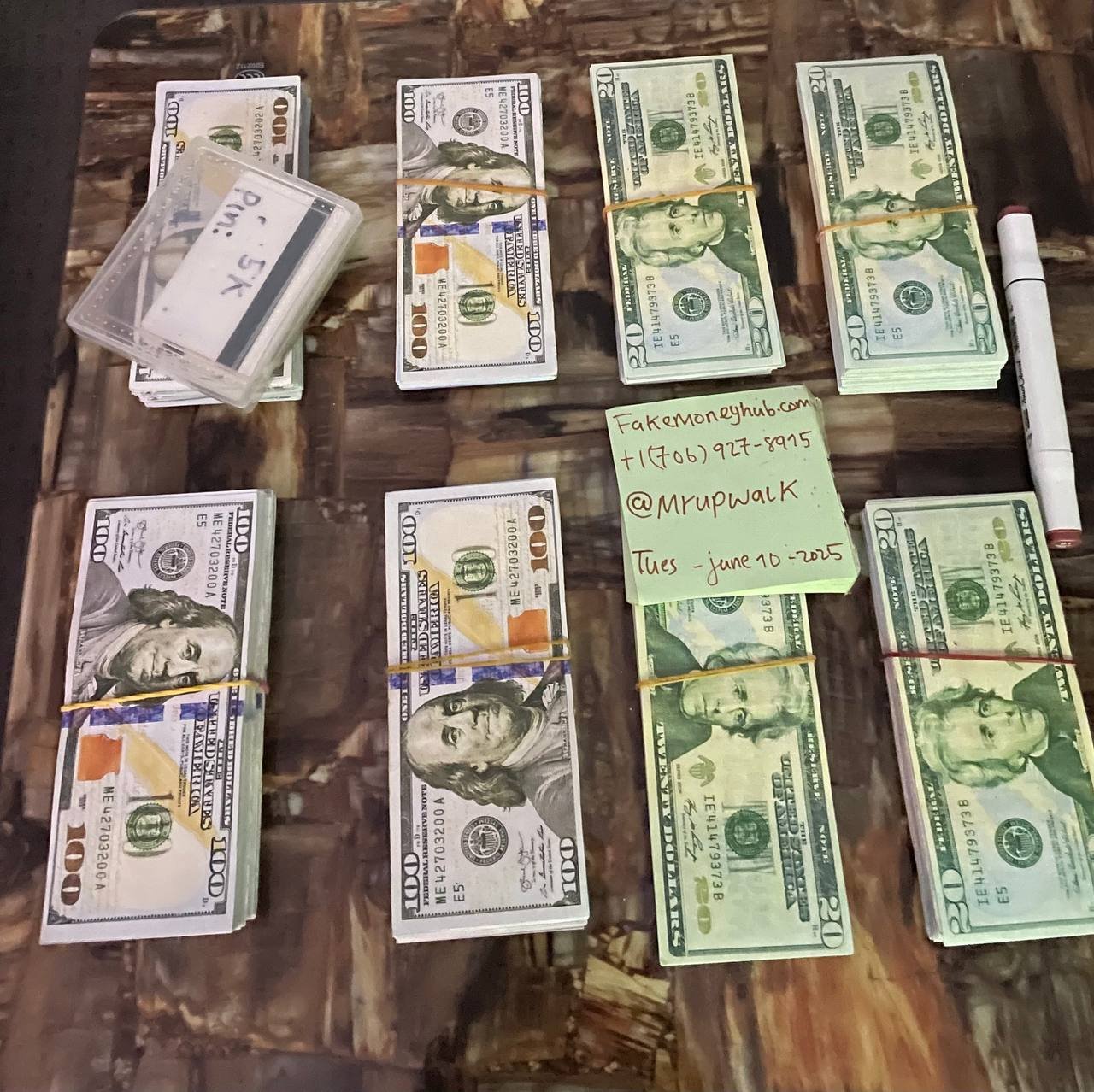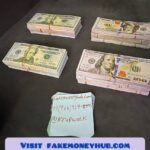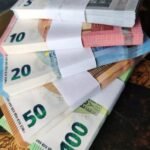Counterfeit $100 Banknotes | Counterfeit 20 Dollars Notes
Are you aware of how to Buy Counterfeit $20 Banknotes? Here’s what to keep an eye out for when you receive cash from customers.
The methods used by counterfeiters are becoming increasingly advanced, particularly with the latest technological developments.
However, there are still numerous clear indicators that can assist you and your staff in differentiating between counterfeit and genuine money. Below, we will explore expert tips on how to identify counterfeit currency so you can prevent unnecessary financial losses.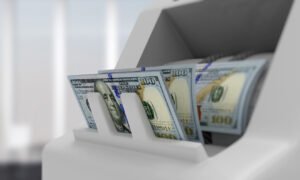
hundred dollar bills going through a cash counting machine. Image courtesy to Integrated Cash Logistics
U.S. Currency Security Features
Before we delve into how to recognize counterfeit money, it’s crucial to go over the inherent security features of authentic U.S. currency. Getting to know these features will help you easily identify a fake bill that lacks them.
Watermark
Genuine U.S. bills feature a unique watermark that is only visible when held up to the light. Depending on the bill’s age and denomination, the watermark may either be a replica of the face on the bill or a simple oval shape. Moreover, the watermark should always be located on the right-hand side of the bill. In general, a clear and properly positioned watermark is a strong sign of legitimate currency.
Security Thread
Contemporary currency includes a security thread embedded from top to bottom in the center of a banknote. The correct positioning varies by denomination. For $10 and $50 bills, the thread is found to the right of the face, while for $5, $20, and $100 bills, it is on the left side.
Color-Shifting Ink
Since 1996, all U.S. bills of $5 or more have incorporated color-shifting ink on the bottom right-hand numeral. The design of this ink allows it to change color when the bill is tilted, making it extremely challenging for counterfeiters to duplicate. On a genuine bill, you will observe the color shifting from gold to green or from green to black when tilting it back and forth.
Raised Printing
Authentic U.S. currency features raised printing that you can feel when you run your fingers over it.
Raised Printing
Real U.S. currency features raised printing that you can feel when you run your fingers over the bill, a characteristic often missing in counterfeit dollar bills. If you’re unsure about its authenticity, use your fingernail to check for the ridges.
Microprinting
Genuine currency includes a microprint phrase within the security thread that corresponds to the bill’s denomination. For instance, a $10 bill will display the phrase “USA TEN”. Microprinting consists of tiny, finely printed text that counterfeiters frequently struggle to reproduce.
UV Light Detection
Using ultraviolet light can uncover hidden security features on authentic bills, such as glowing threads or patterns that are invisible to the naked eye. Counterfeit money typically does not pass this UV test, providing an extra layer of security if you notice any other security features are missing or incorrectly positioned.
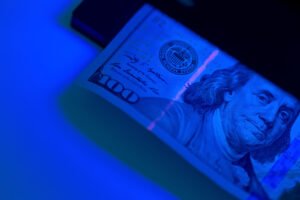
8 Strategies For How to Spot Counterfeit Money
Wondering how to identify fake money? The following tips and strategies will assist you in recognizing counterfeit currency during transactions. You can easily implement these cash-handling security best practices and complete them swiftly during cash exchanges.
Check the Feel of the Paper
The texture of authentic currency is unique due to the special paper it is printed on. When you hold a genuine banknote, take a moment to feel the bill and notice the difference in texture compared to counterfeit money. Although this may seem like a minor detail, the more cash you handle, the easier it will become to distinguish between them.
Examine Borders and Printing
Another suggestion is to check the borders and edges of bills. How can you tell if a bill is counterfeit this way?
Counterfeit currency often features uneven or blurry printing. A fake U.S. bill might even look crooked. In contrast, authentic currency will have sharp, well-defined edges.
Look For Red and Blue Threads
Genuine U.S. bills contain embedded red and blue threads within the paper. You can identify a fake bill if it has printed or absent threads instead. Therefore, checking for the correctly colored threads is a quick way to differentiate between fake and real money.
Inspect Serial Numbers
When learning how to identify counterfeit money, it’s also important to focus on the serial numbers displayed on bills. Counterfeiters may reuse serial numbers; thus, if you find multiple bills sharing the same number, it could indicate they are fake. Moreover, the serial numbers on a single bill should match. If you see a bill with mismatched serial numbers, it’s another strong sign that it’s counterfeit.
Buy Counterfeit $20 Banknotes | Fake 20 Dollar Notes
Check For Security Threads
As you learn to recognize fake money, it’s crucial to look for the security thread and ensure it’s positioned correctly. You should only see it when you hold the bill up to the light. If it’s located on the wrong side of the face for that denomination, it’s likely a counterfeit.
Use a Counterfeit Detection Pen
Consider using a counterfeit detection pen at the checkout, which reacts to the type of paper commonly used by counterfeiters. These pens are quick and provide an easy method for employees to confirm the authenticity of bills.
Look For Ink Bleeding or Smudging
Examine all bills for any ink inconsistencies that may suggest they are fake, such as bleeding or smudging. These issues indicate poor printing quality, as genuine currency does not exhibit ink that behaves this way.
Check Out the New $100 Bills for Security Ribbon
You might be curious about how to spot Counterfeit $100 Bills, as they can be the most expensive to accept unknowingly. Since 2009, $100 bills have included a blue security ribbon that is woven into the paper — not just printed on it. Be sure to look for this feature when accepting a $100 bill, tilting the note to see the holographic images shift within the blue ribbon.
Checking counterfeit money light. Holding a 100 dollar bill against the window. Look for the watermark on the new hundred dollar bill. The translucence of American currency.
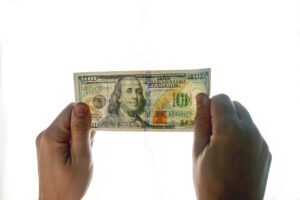
How to Safeguard Your Business Against Counterfeit Money
Cash handling procedures for restaurants, retailers, and other cash-intensive businesses should incorporate the authenticity checks mentioned above. This approach helps you avoid accepting fake currency, which can result in significant losses if not detected. As we will explain below, taking proactive measures such as proper staff training and investing in the right technology can protect your business from counterfeit bills.
Effective Employee Training
Employees who manage transactions are your first line of defense against counterfeit currency. They need to be properly trained to quickly identify fake money during transactions. For example, regular cash handling training sessions in retail might cover authentic currency features and useful detection techniques, as we have discussed.
Leverage Technology
Businesses can also utilize technology such as counterfeit detection machines, UV light scanners, and smart safes to guard against counterfeit currency. Such technology assists employees in accurately and efficiently distinguishing counterfeit money from genuine bills.
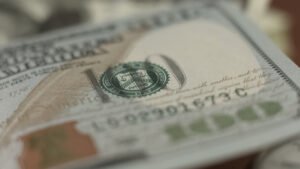
Actually, with ICL’s unique software and smart safes, if counterfeit bills are identified, they won’t be accepted into the deposit, allowing you to catch them before they reach your bank account. This helps eliminate bank reconciliation fees and issues, and lets you quickly review data to keep your records current.
extreme close up of 100 dollar bill
What To Do If You Suspect Counterfeit Money
If you think you’ve come across counterfeit money, avoid confronting the customer. Keep the bill, reach out to the appropriate authorities, and preserve the evidence as outlined in the steps below:
Don’t say or do anything that could put you at risk: Avoid questioning the customer about it. Take note of any distinguishing features that could help you provide authorities with a description if necessary.
Do Not Return the Bill to the Customer: It’s important to keep the evidence intact, so don’t give the suspected counterfeit back to the customer. Hold onto it for further examination by authorities.
Contact Security or Local Authorities: You can reach out to your local U.S. Secret Service field office to file a Counterfeit Note Report.
Handle the Bill Properly: To help preserve any potential fingerprints or DNA on the bill, try to limit your handling of it.
Counterfeiters find it nearly impossible to accurately replicate and authenticate U.S. currency. Therefore, knowing the security features of genuine U.S. bills and the common errors counterfeiters make can assist your team in identifying fake bills more effectively.
If you’re seeking a way to enhance cash management and boost counterfeit detection, solution is here to help. Get in touch with us today to discover more about Buy Counterfeit $20 Banknotes

